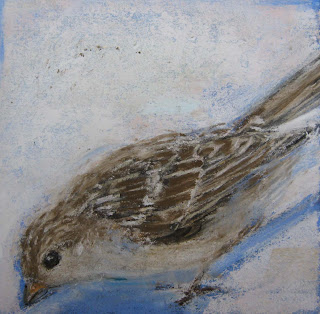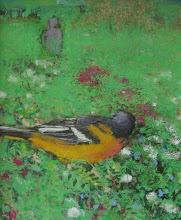Spring edge of the woods
Colors are coming out of the earth now. Winter—having been mostly about the skies and what was coming through the skies—is now receding as the earth activity presses and opens up. The days—despite still having fits of fierce wind and weather--are mostly about what the earth is up to: what is new, what is coming, colors.
Royal blue
scilla and blue-violet
glory of the snow and their green leaf clumps are just up.
Daffodils are bold and bright. Yellows, lemons, whites, and with dashes of orange, they are high and trumpet-like in their green clumps, above the siennas of the leaf mold and still-damp earth. The bushes show full buds, a few blooms. Some floating yellow
forsythia branches are at our woods’ edge. The trees are loaded with catkins, which show as dusty red or dusty gold fuzz around the dark limbs. Full color is rising. Any day now trees and bushes will become color (not lines). And they will buzz. All on earth is starting to teem.
Spring edge of the woods came together quickly, and I used many small marks: of pastel, charcoal, and graphite. I kept it as a sketch rather than develop it further (by defining the daffodils more, for example, or by adding white scilla or violets which were in my pencil thumbnail sketch) because there was a sense of vitality about the sketch.
early spring and rain
Early spring and rain is a small pastel-on-paper painting that I did a day after the sketch above it. On my drive to the studio, I had seen this patch of our neighborhood. Out of rain-soaked air and earth, these trees and lawn came in and out of focus. This “waftiness” of the view, as much as the trees and lawn themselves, is what I was trying to suggest.
Often my style of painting diverges depending on what prompts the work in the first place. I do not mind losing some stylistic cohesion sometimes; still, I do lose some stylistic cohesion sometimes!





























































